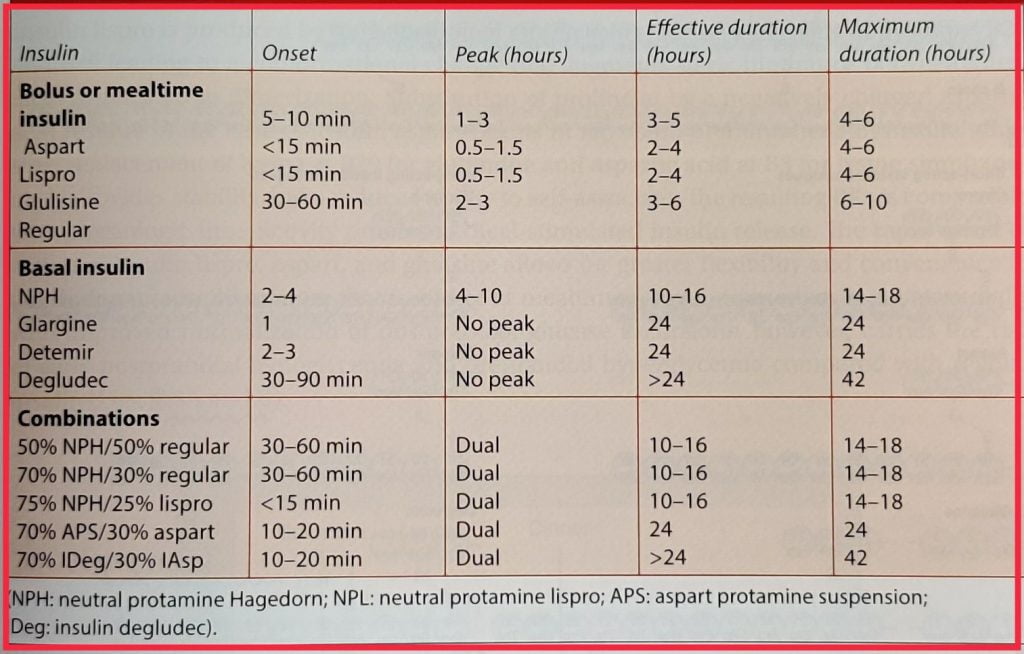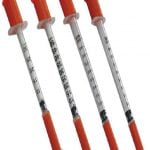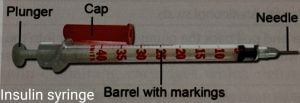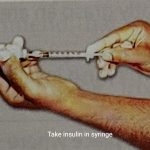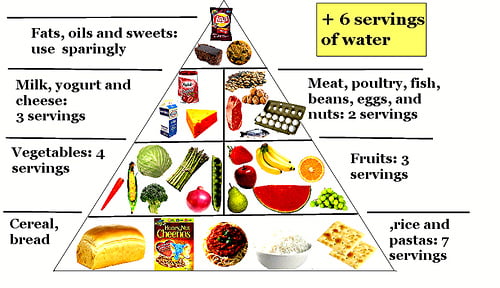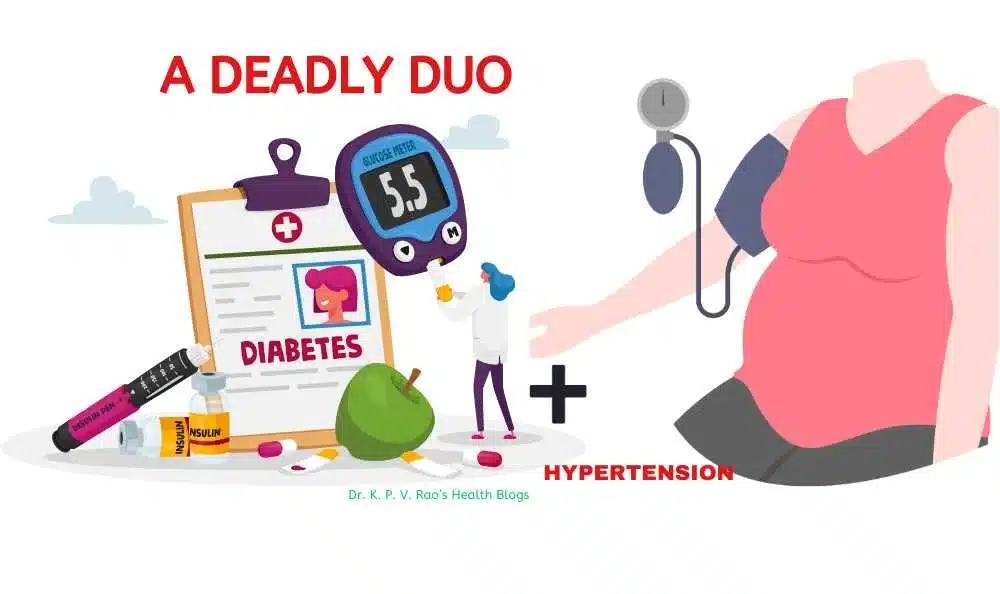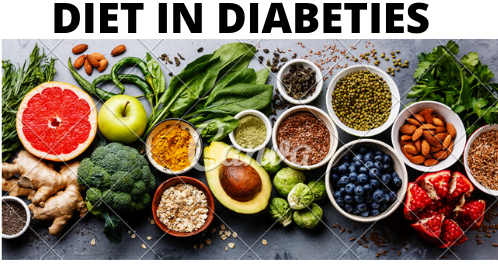Table of Contents
Introduction
Are you aware that insulin deficiency or excess is the main cause of getting diabetes? Absolute insulin deficiency causes Type 1 diabetes and excess insulin causes leads to insulin resistance leading to Type 2 diabetes.
November 14th is World Diabetes Day. On this occasion, I take the opportunity to update you with an article on the treatment of Diabetes Mellitus[DM].
In my last post, I have discussed in detail about various investigations to be carried out to rule out/ know the progress of the treatment of Diabetes.
Having Diabetes Is One Thing, Not Treating It Another-It Can Lead To Complications. Share on XTo know this, I would like to take you back to know the most common causes of getting DM and they are: –
1] Total lack of the hormone Insulin, also called Type 1 DM;
2] Partial lack of Insulin, also called Type 2 DM.
3] Insulin resistance, found in obese patients [these are mainly Type 2 diabetics];
4] Gestational diabetes, i.e., the DM of pregnancy.
If you observe, DM is mostly caused by insulin deficiency, in one way or the other. To understand how this deficiency causes DM, we will have to know how insulin works.
What is insulin?
Insulin is secreted by the β-cells in the Islet of Langerhans of the gland called Pancreas in our abdomen. I have discussed this in my blog posted on 2/6/2019. It helps in the absorption and transportation of sugar circulating in the blood to different tissues in our body after we have had our meals.
Similarly, there is another hormone-Glucagon- secreted by the α-cells in the pancreas, which helps in increasing blood sugar levels by helping to release glucose from the liver, fatty tissue, etc., whenever there is a shortage of blood sugar [hypoglycemia].
When do we use insulin?
The balance in the actions of both these hormones maintains the blood sugar levels in our body. In my last blog posted on 23/6/2019, I have discussed the various investigations which show us if we have insulin deficiency.
Medications play an important role in the treatment of DM, so do lifestyle changes. A regular exercise plan [see here] along with timely /regular medication will keep your rising blood sugar in check.
If there is an absolute deficiency of insulin, like in Type1 DM, there is no alternative but to administer insulin injections. There are different varieties of injectable insulin available for patients to use.
Different types of insulin
The different types of Insulins, the onset of action and the duration of their effect is shown below in Table 1
Table 1
Accordingly, there are short or fast-acting, intermediate-acting, long-acting ones or a combination of either short-acting and intermediate/long or slow-acting insulin. The above table shows how each type works. Depending upon your need and type of diabetes, your physician may prescribe any one type of insulin and advise the dosage required.
How do we administer or give insulin?
Insulin dosage is usually in the number of units to be injected. You can get insulin syringes showing units/ml or you can also get insulin pens which are more user-friendly.
Examples of most common insulins available in India are:-
1] Novorapid [100 IU/ml]-fast-acting insulin;
2] Lantus [100 IU/ml]-long/slow-acting insulin;
3]Human Mixtard 30:70[ contains 30% fast-acting and 70% long/slow-acting insulin];
4] Huminsulin 30:70 [ same as above]
After your doctor prescribes which insulin you should take, the next step is the technique of injecting it properly. The pictures below will show you how to do it with an insulin syringe.

You can follow the same steps while using an Insulin pen. The only difference here is that a cartridge containing the insulin is inserted into the insulin pen, the dose advised can be set and then injected as shown below:-

JUST CLICK ON THE IMAGE TO GET A ENLARGED VIEW
How much insulin do you need?
Now that I have shown you how to use insulin injection either using a syringe or pen, you can decide which is easier or economical to you and use it accordingly.
The number of units of insulin required to be injected will be advised by your attending physician. The initial dose is usually low and it is increased gradually till you reach normogylcemia[normal blood sugar level].
The dosage will vary according to the type of insulin prescribed [fast-acting/slow acting/mixed type].
After taking an insulin injection, one should have food within 10 minutes, otherwise, there are chances of getting hypoglycemia [low blood sugar] which can cause uneasiness, sweating and sometimes loss of consciousness.
Having said this, in my next post I will enlighten you with information on oral medications [ also called oral anti glycemic drugs].
Precautions while using insulin
Just before ending this post, I would like to say a few things: –
1] Follow the instructions for taking insulin strictly as prescribed by your physician-take it on the time advised [ before breakfast/lunch/dinner];
2] Do not increase or decrease the dosage [units] of insulin on your own unless your physician has instructed you to do so.
3] Report any side-effects [like a sudden drop of blood sugar] to your physician.
4] Use a glucometer to check your blood sugar regularly.
FAQ
What is the chief role of insulin?
It regulates blood sugar levels and helps tissues to absorb and use glucose from the blood.
What is the function of insulin?
Insulin is a hormone that regulates blood sugar levels in the body. It helps cells take in glucose from the bloodstream and use it for energy.
Insulin also signals the liver to store excess glucose as glycogen for later use.
It plays a crucial role in maintaining glucose homeostasis and preventing high blood sugar levels.
Does insulin lower or raise blood sugar?
Insulin lowers blood sugar. It can cause rise in blood sugar level if there is insulin resistance.
When does type 2 diabetes need insulin?
When blood sugar levels are not well controlled through other means like diet, exercise, and oral medications, individuals with type 2 diabetes may require insulin therapy.
What are the side-effects of using insulin?
The side-effects of using insulin can include:
1. hypoglycemia,
2. weight gain,
3. injection site reactions,
4. allergic reactions, and
5. rare cases of lipodystrophy and
6. insulin resistance.
Conclusion
Finally, I would like to end this post with a few important tips or advice on use of insulin-

If you have found this article useful, do share it with your friends and relatives by using the social media icons at the bottom of the article. Alternately, you can Click to Tweet here-
Treatment of diabetes with INSULIN Share on XAdios.

